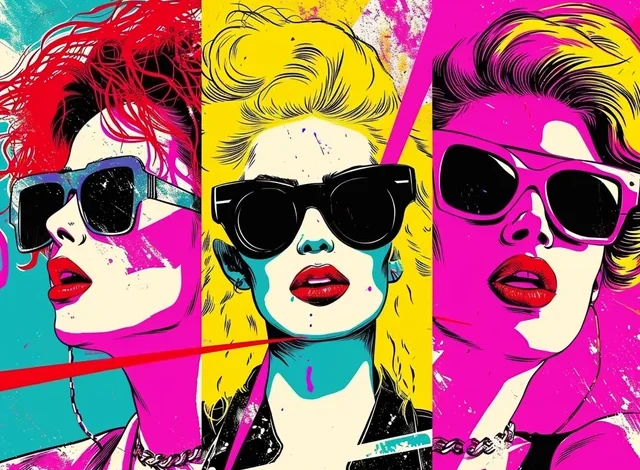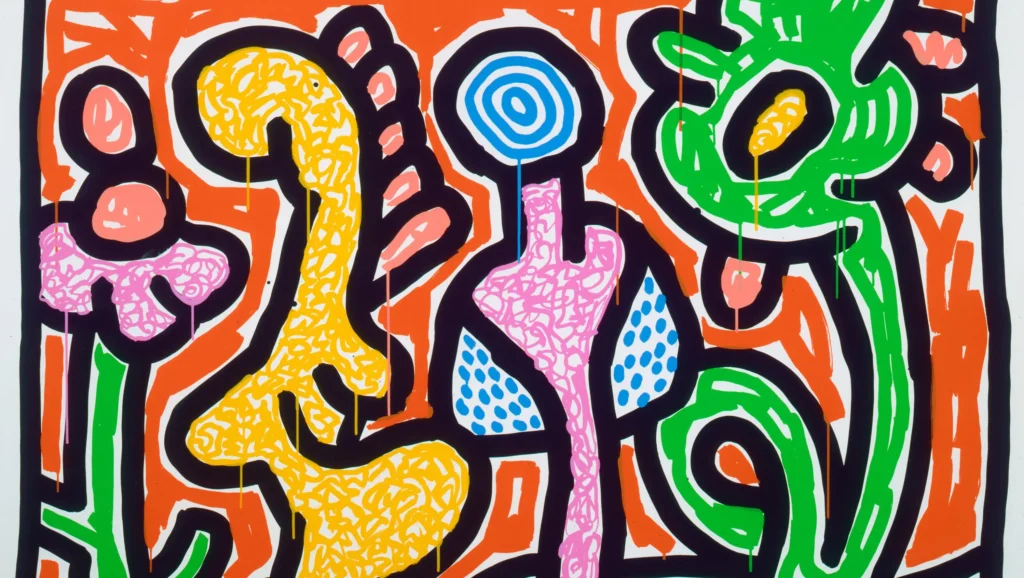Art:2sozc6lxnpe= 80S

The intersection of street Art:2sozc6lxnpe= 80S and postmodernism in the 1980s presents a compelling case study of how urban environments can serve as both canvas and commentary. This era saw artists challenging conventions and engaging with critical social issues, all while redefining the boundaries of artistic expression. As we explore the contributions of key figures within this movement, it becomes evident that their innovative techniques and personal narratives not only reshape art but also provoke essential questions about identity, culture, and the role of art in society. What implications does this have for the future of artistic expression?
The Rise of Street Art
Emerging from the urban landscapes of the late 20th century, street Art:2sozc6lxnpe= 80S has evolved into a powerful form of visual expression that transcends mere vandalism to engage with social, political, and cultural narratives.
Rooted in graffiti culture, this dynamic medium serves as a canvas for urban expression, challenging societal norms and fostering dialogue, ultimately asserting the necessity for freedom and individuality in contemporary art.
Read more: Art:1klqybkhppg= Animal
Postmodernism and Its Impact
The evolution of street art reflects broader cultural shifts, particularly the rise of postmodernism, which has fundamentally reshaped artistic practices and ideologies.
This movement serves as a cultural critique of an era marked by media saturation, challenging traditional narratives and embracing fragmentation.
Artists utilize urban landscapes to confront societal issues, fostering a dialogue that transcends conventional boundaries and celebrates individual expression.
Iconic Artists of the Decade
Throughout the past decade, a diverse array of artists has emerged as icons within the contemporary art scene, each contributing unique perspectives and innovative techniques that challenge and redefine artistic norms.
These figures have cultivated iconic styles, often aligning with or instigating new artistic movements. Their work not only reflects personal narratives but also resonates with broader societal themes, inviting dialogue and exploration.

Lasting Influence on Contemporary Art
Contemporary art’s landscape is undeniably shaped by the enduring influence of pivotal artists whose innovative approaches have left an indelible mark on the field.
The integration of neon aesthetics with minimalist design reflects a profound dialogue between vibrant visual expression and simplicity.
This intersection challenges traditional boundaries, inviting viewers to experience art as a dynamic exploration of form, light, and meaning in their quest for freedom.
Read more: Art:2n67ydman2y= How to Draw Spider-Man
Conclusion
The exploration of street Art:2sozc6lxnpe= 80S and postmodernism in the 1980s reveals a transformative period that reshaped artistic expression. As iconic artists challenged conventions and engaged with societal issues, a compelling dialogue emerged, fostering a sense of urgency for individuality and freedom. Yet, the question lingers—how will the legacy of this vibrant movement continue to influence future generations of artists? The answers may lie within the ever-evolving urban landscapes, where new narratives await discovery and reinterpretation.







